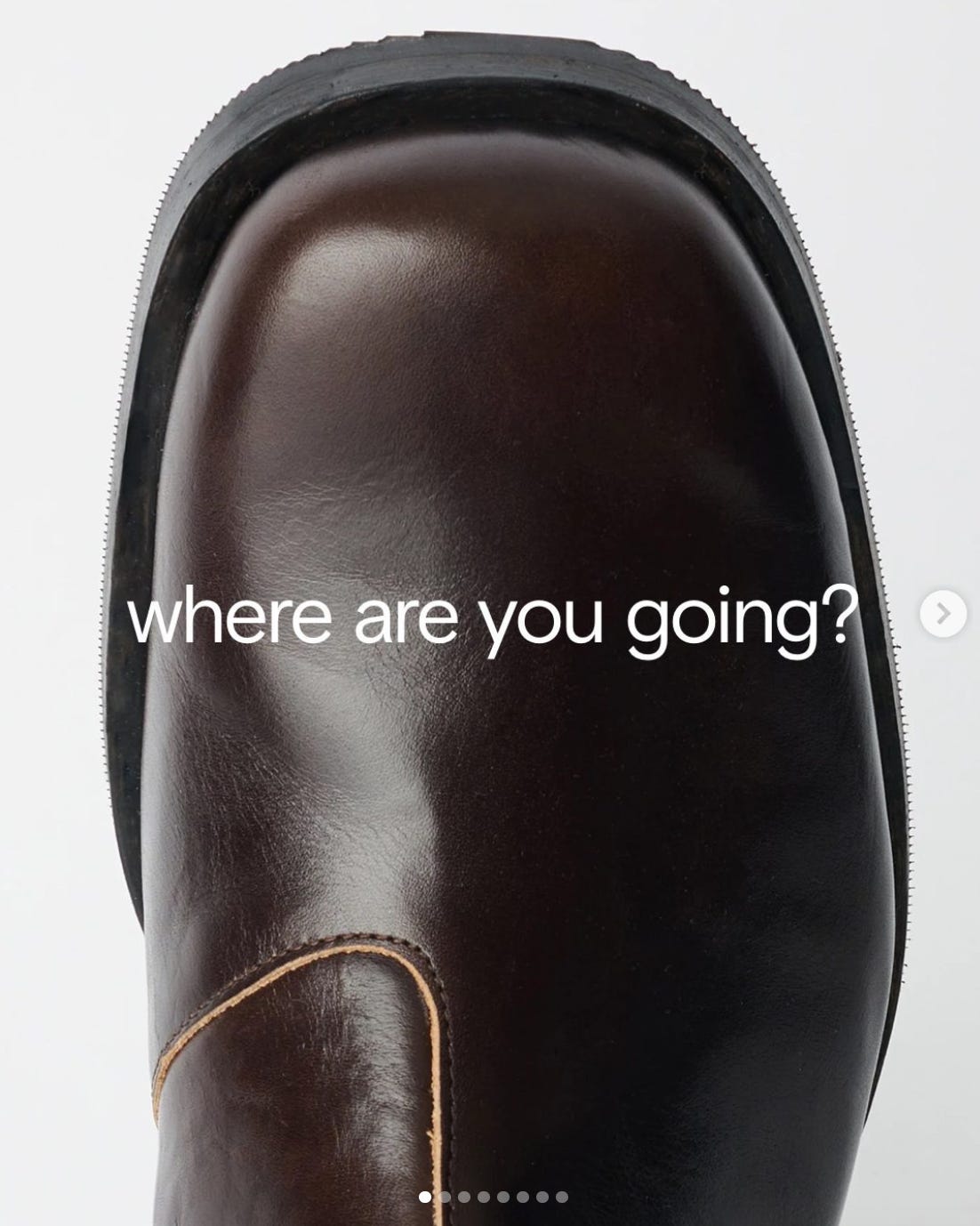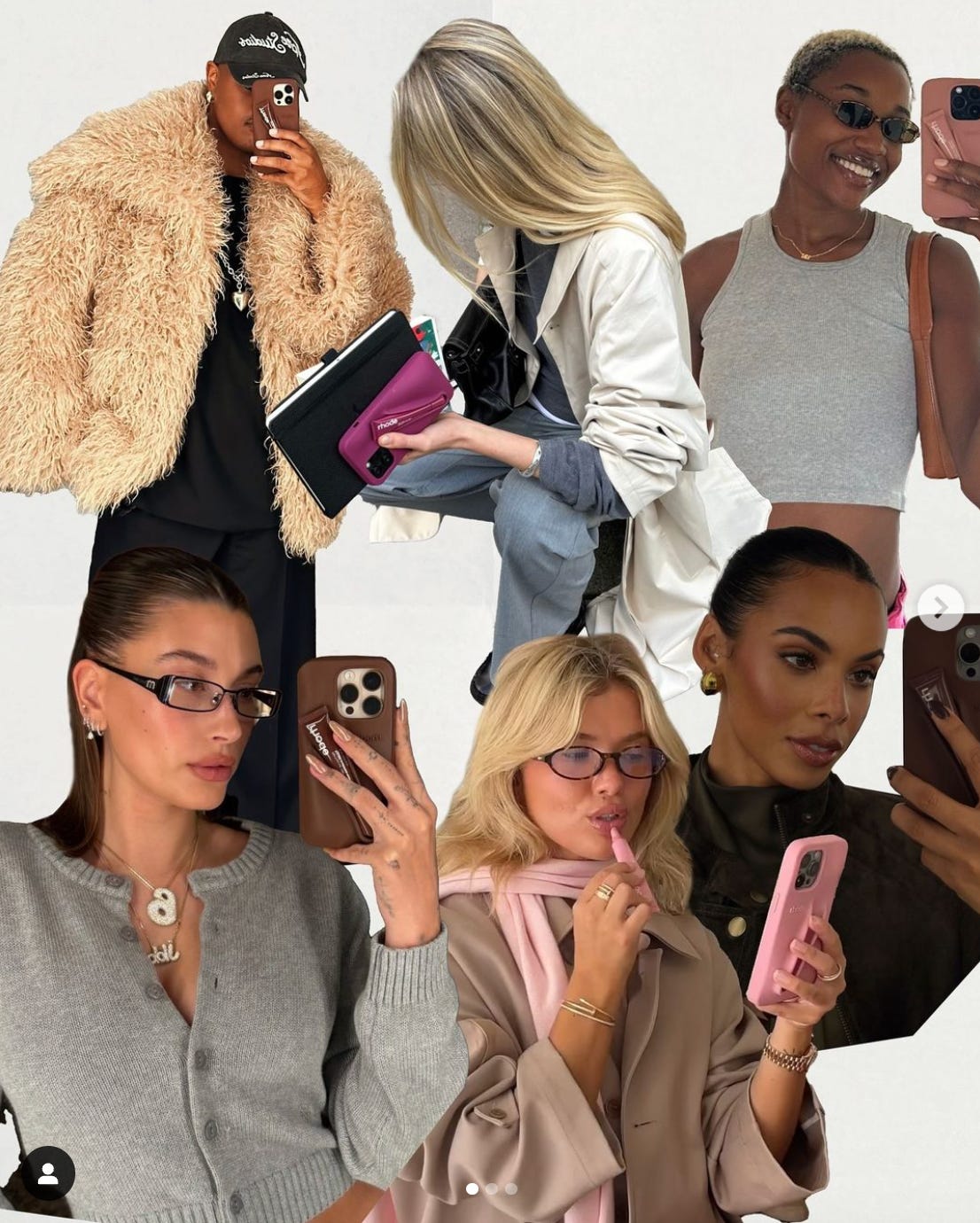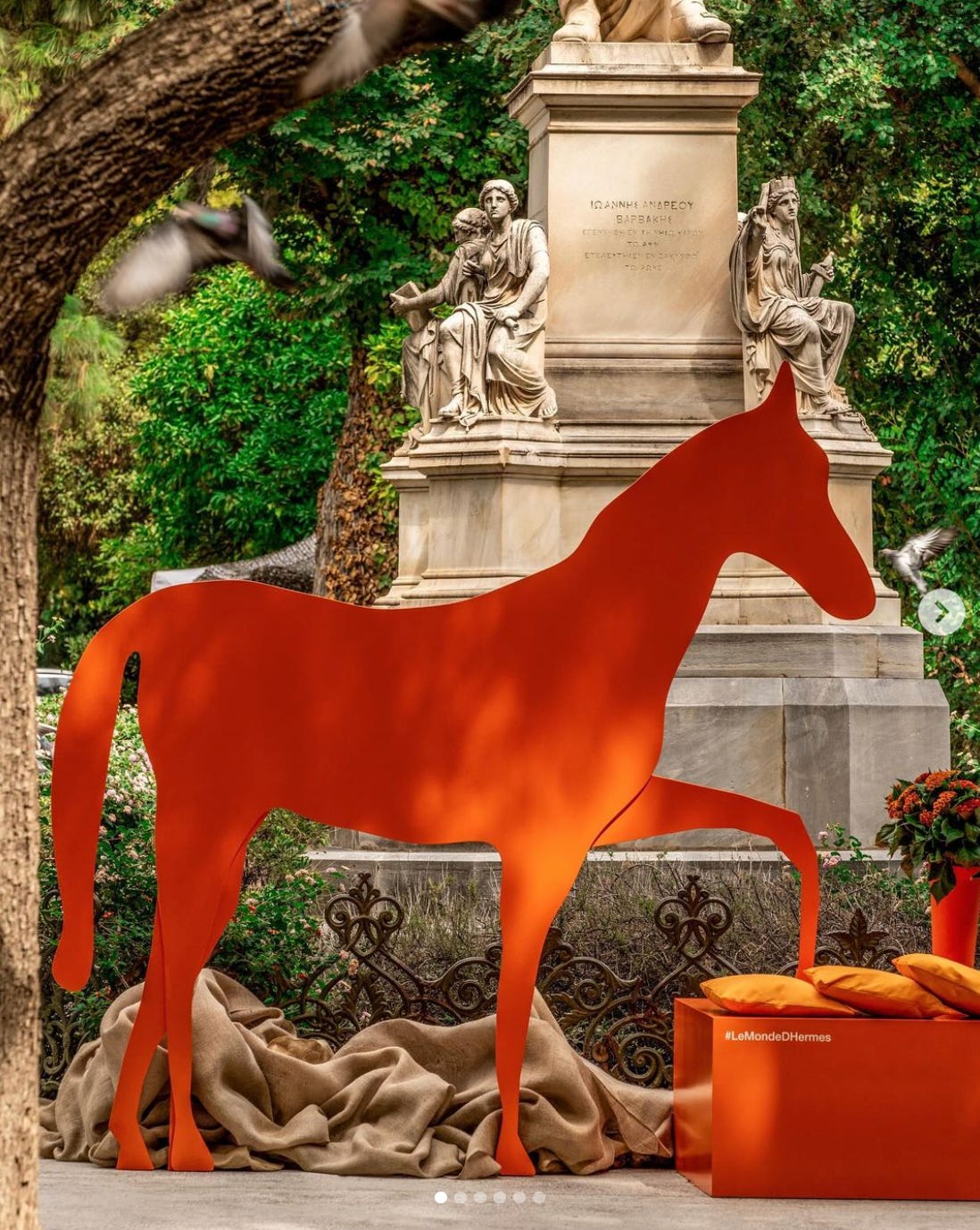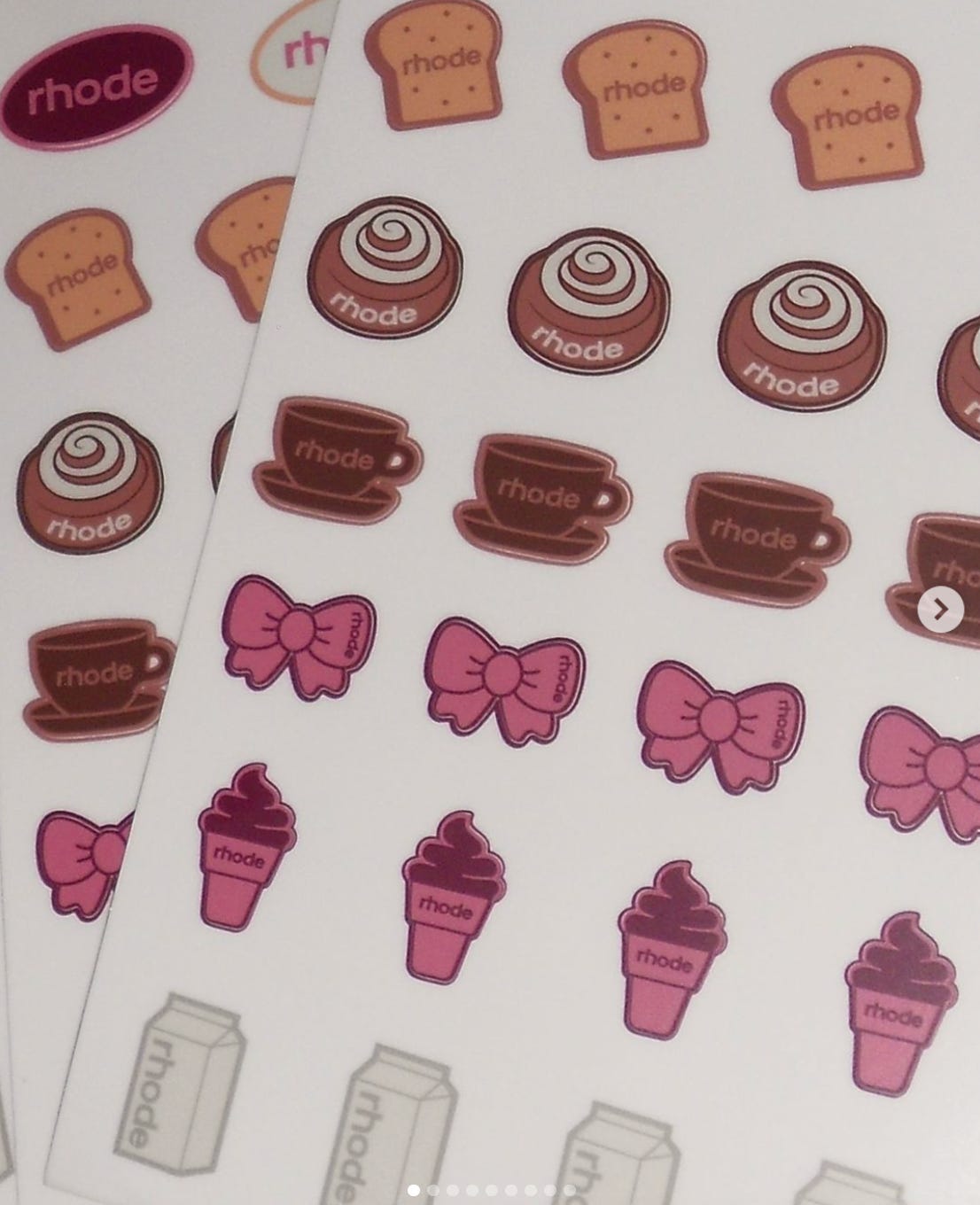The age of SUPERCONTENT
All business is show business or how brands are becoming content creators
Welcome to the Sociology of Business. In my last analysis, Cultural methodology, I provided tools for identifying fans in culture and informing the cultural influence strategy. For sponsorship options, send me an email. If you are on the Substack, join the chat and I’m happy to respond to any questions in the chat or comments here.
The Sociology of Business is now offering 25% GROUP SUBSCRIPTIONS, make sure to take advantage of it. Pre-order my new book Hitmakers: How Brands Influence Culture, and find me on Instagram, Twitter, and Threads. With one of the paid subscription options, join Paid Membership Chat, and with the free subscription, join The General Chat on The Sociology of Business WhatsApp group.
Back in 2016, my go-to soundbite when giving talks was “content [created by a retailer] generates value even before a single product purchase or use of service.” It referred to cultural content created by brands that was consumed in its own right, due to its informational, entertainment, or social qualities, regardless of what a brand sold. Examples I used were early GOOP, early Dôen (their Journal), early Glossier, Tracksmith and a couple of other DTC brands, like The Wing and their “No Man’s Land Magazine” (RIP). Focus on content as a modern brand-building tool later became part of 4Cs and the Business of Aspiration book.
These brands used content to create a community. They aggregated their audience instead of targeting their customers and prospects. At any given time, a brand’s audience is much broader than its customers. It includes cultural observers, commentators, critics, fans, and hangers-on. Content is a way to address all of them. Lego movies, innumerable brand podcasts or Red Bull’s extreme sports content do exactly that as does a number of brand-themed feature films (Air, The Founder, Blackberry, Flamin’ Hot, House of Gucci, The Social Network, Tetris, Barbie).
The difference in the past eight years is that the content that works today is not sequestered in a magazine, a blog, or a TV/movie theater. It’s also not traditional editorial or a 30-sec commercial featured on social and dubbed “entertainment.” (A decade ago, media agencies all built content studios aimed at turning brands into publishers. Algorithm quickly killed that idea.) The model is one of creative production likely to be found in the show business, with diverse talent coming together to create various cultural output: more A24 than Vogue. (I will be unpacking this more in one of the upcoming posts, so make sure to choose one of the paid subscription options for full access).
Story, narrative, entertainment, world-building, creative universes are all part the new brand management framework. All the world’s a stage. Ash NYC “invents” hotels that are “cinematic monuments.” Oysho, an Inditex brand, has something called “Oysho TV” and Chick-Fil-A is powering up its streaming service. Red Bull and Telfar TV were there first. “We are very focused on creative storytelling across our channels, creating bite-sized content that is easy to digest and highly visual to excite our community,” Rhode Brand President told WWD. Farfetch on Instagram and Marc Jacobs on TikTok are doing a good job in cheeky, short, pop-culture aware content bits. This new iteration of entertainment is always-on, continuous output that exists everywhere and is everything, all at once.
It can be product copy on PDPs (Palace is the king of those, but so are Jo Malone, Mansur Gavriel, Mod Cloth), social media posts, videos, collages, reels, slideshows, stats, cartoons …, events, merch, collaborations, graphic design and brand codes. Limited editions and capsules and collections are also content, along with brand campaigns and e-commerce photography, marketing collateral and catalogs. So are wear stories, packaging, hangtags and shopping bags, intellectual property, archives, and exhibitions.
Everything communicates. Everything is content.
Content is how brands influence culture, and content can make or break a brand. The way brands’ products are going to be discovered, shared, talked about and bought is more important than a product itself. Rhode, Hailey Bieber’s brand, does a great job of making its products discoverable, and not only because of her own celebrity. The lip phone case, the recognizable monochrome, Claudia Schiffer, a limited-edition peptide treatment inspired by Krispy Kreme’s strawberry glazed donut, the same as Hailey’s Strawberry Glaze Skin Erewhon smoothie, the pop-ups (and the pop-up lines), limited product editions that are default, have all became content for not only Rhode’s actual customers and prospects, but for its 2M+ fans on Instagram, and for all of us in the audience.
Bieber figured out that, as long as she has a Good Enough product (and a brand vaguely rotating around the idea of glaze) distribution is the most important part of her brand-building strategy. Distribution is not just a sales channel. It means every







